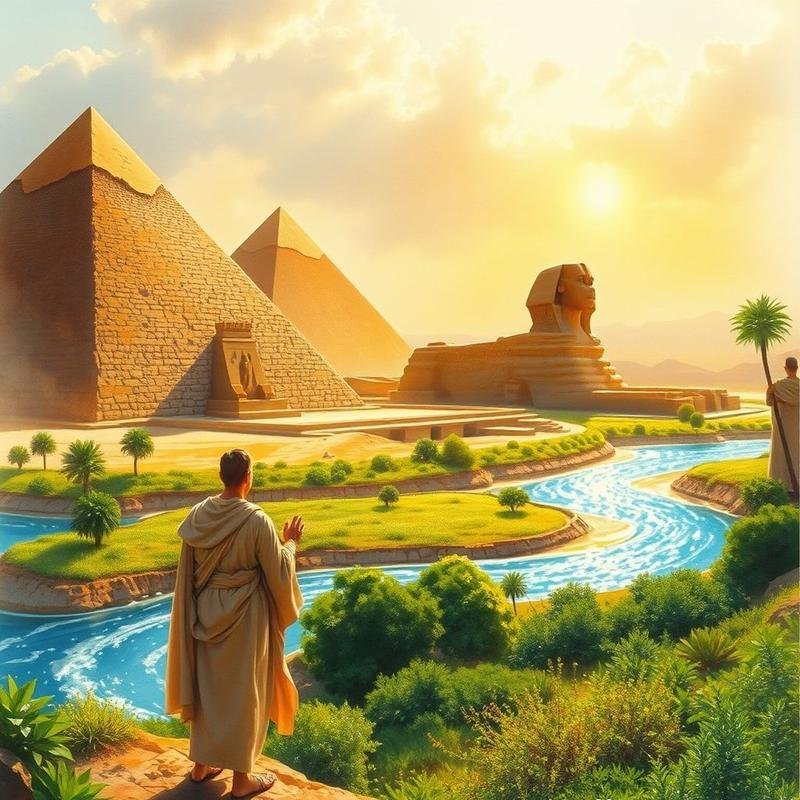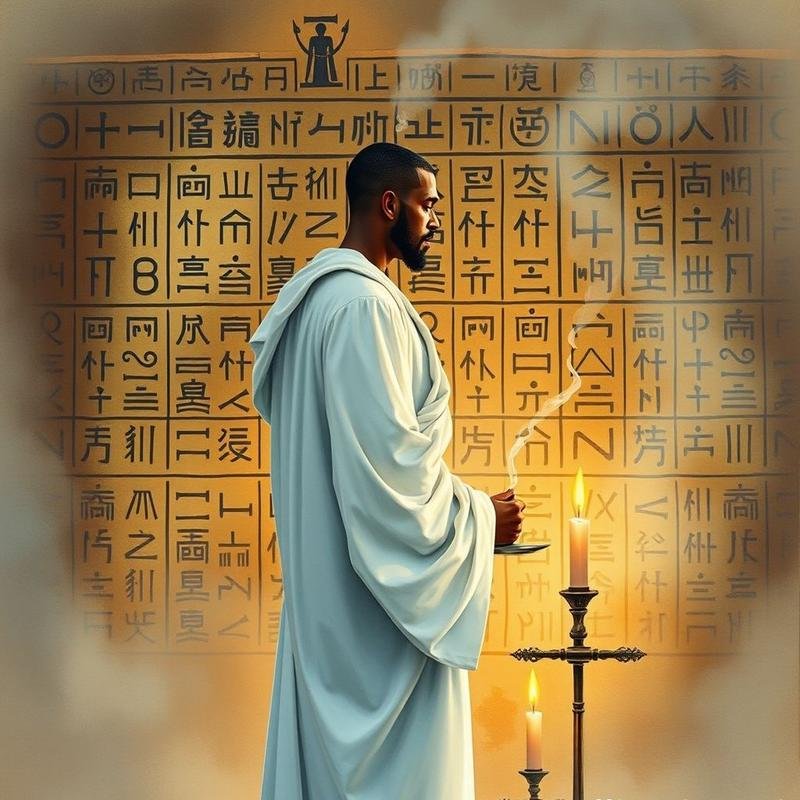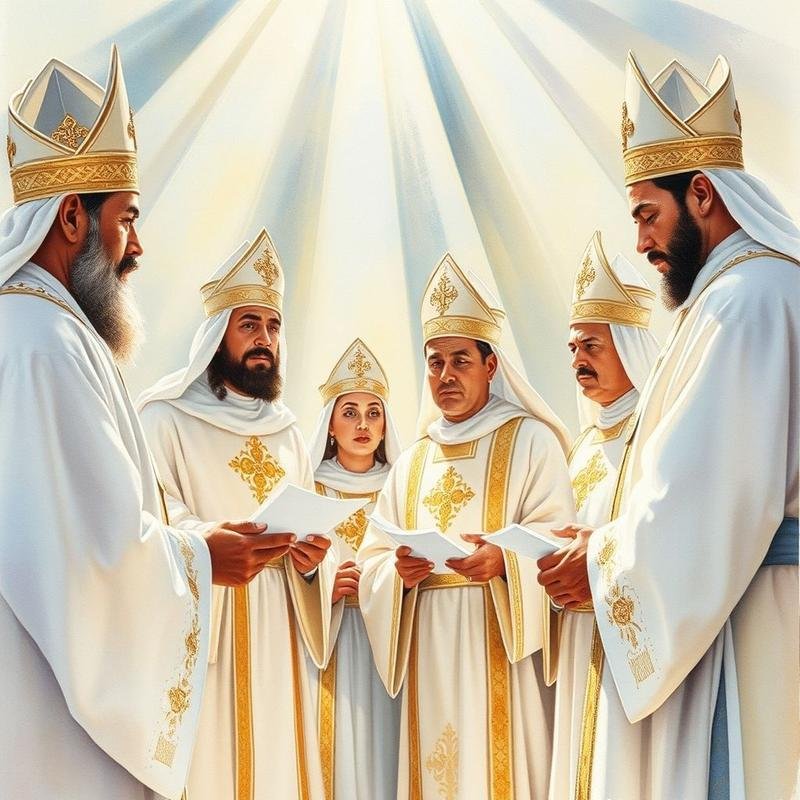The Enigma of Hieroglyphics: A Universal Language or Mere Symbols?

Hieroglyphics: Universal Language & Ancient Influence
Nestled in the cradle of ancient civilizations, Egypt stands as a testament to enduring legacy. But did its influence remain confined to the Nile’s borders? Did its sacred symbols extend beyond, shaping languages and arts across the globe? Let us delve into historical analysis to explore the transformation of hieroglyphics from a writing system into a globally influential force.
The Origins and Significance of Hieroglyphics
Ancient Egyptian hieroglyphics have long been a subject of scholarly inquiry. They served not merely as a means of recording events or transmitting knowledge, but also embodied the religious doctrines and philosophical tenets that governed ancient Egyptian society. Originating around 3200 BC, their use persisted for over three millennia, witnessing the rise and fall of empires and significant cultural transformations.
Hieroglyphics’ Impact on Writing Systems
How did these complex symbols transcend Egyptian boundaries to impact other cultures? The answer lies in the commercial and cultural exchanges that connected Egypt to the ancient world. The Phoenicians, a prominent maritime power, played a pivotal role in this dissemination. They drew inspiration from Egyptian hieroglyphics in developing their alphabetic system, considered the foundation of many modern alphabets, including the Greek and Latin. This influence extends beyond letterforms to include the practice of right-to-left writing, adopted by the Phoenicians from the Egyptians.
Influence on Art and Architecture
Beyond its impact on writing, hieroglyphics left an indelible mark on global art and architecture. Motifs inspired by Egyptian symbols have been identified in Minoan art on Crete and in ancient Greek art. Monumental columns and geometric ornamentation, hallmarks of ancient Egyptian architecture, inspired numerous civilizations, including the Romans, who incorporated these elements into their temples and palaces.
Religious and Symbolic Adaptations
The influence of hieroglyphics extends to religious contexts. Egyptian symbols were considered sacred, imbued with hidden meanings understood primarily by priests and scholars. This belief transferred to other cultures, where Egyptian symbols were adapted to their own religious frameworks. For example, the Eye of Horus served as a symbol of protection and good fortune in various ancient cultures. Furthermore, the concept of the afterlife, central to ancient Egyptian religion, influenced religious beliefs across the ancient world.
Osiris, Isis, Horus, Ra, Amun, Thoth, Anubis, Ma’at – names that resonate through the ages.
Caveats and Misconceptions
However, it is crucial to avoid overstating the influence of hieroglyphics. While they played a significant role in the development of writing and art in the ancient world, they were not the sole global influence. Numerous other languages and cultures contributed to shaping human civilization. Moreover, our understanding of hieroglyphics remains incomplete, with many symbols and texts yet to be fully deciphered.
Misconceptions surrounding hieroglyphics persist. Some view them as merely a collection of images representing physical objects, whereas they constitute a complex writing system combining phonetic symbols and pictograms. Others believe that hieroglyphics were used exclusively by priests and royalty, while they were also employed by the general populace in daily life.
Conclusion: A Lasting Legacy
Studying the influence of hieroglyphics on the ancient world provides valuable insight into the history of human civilization and underscores the interconnectedness of diverse cultures. It is a narrative of cultural exchange and mutual influence, demonstrating how a symbol can traverse time and space to leave a lasting global impact.
Can hieroglyphics be considered an ancient global language? Perhaps not in the literal sense, but their profound impact on writing, art, and religion across various regions warrants such consideration. They stand as a testament to the power of symbols and their capacity to transcend cultural and linguistic boundaries.
Exploring the secrets of the past enhances our understanding of the present. For those passionate about uncovering the hidden narratives that have shaped our world, subscribe to our channel and embark on a new journey into the depths of history.
Watch More








